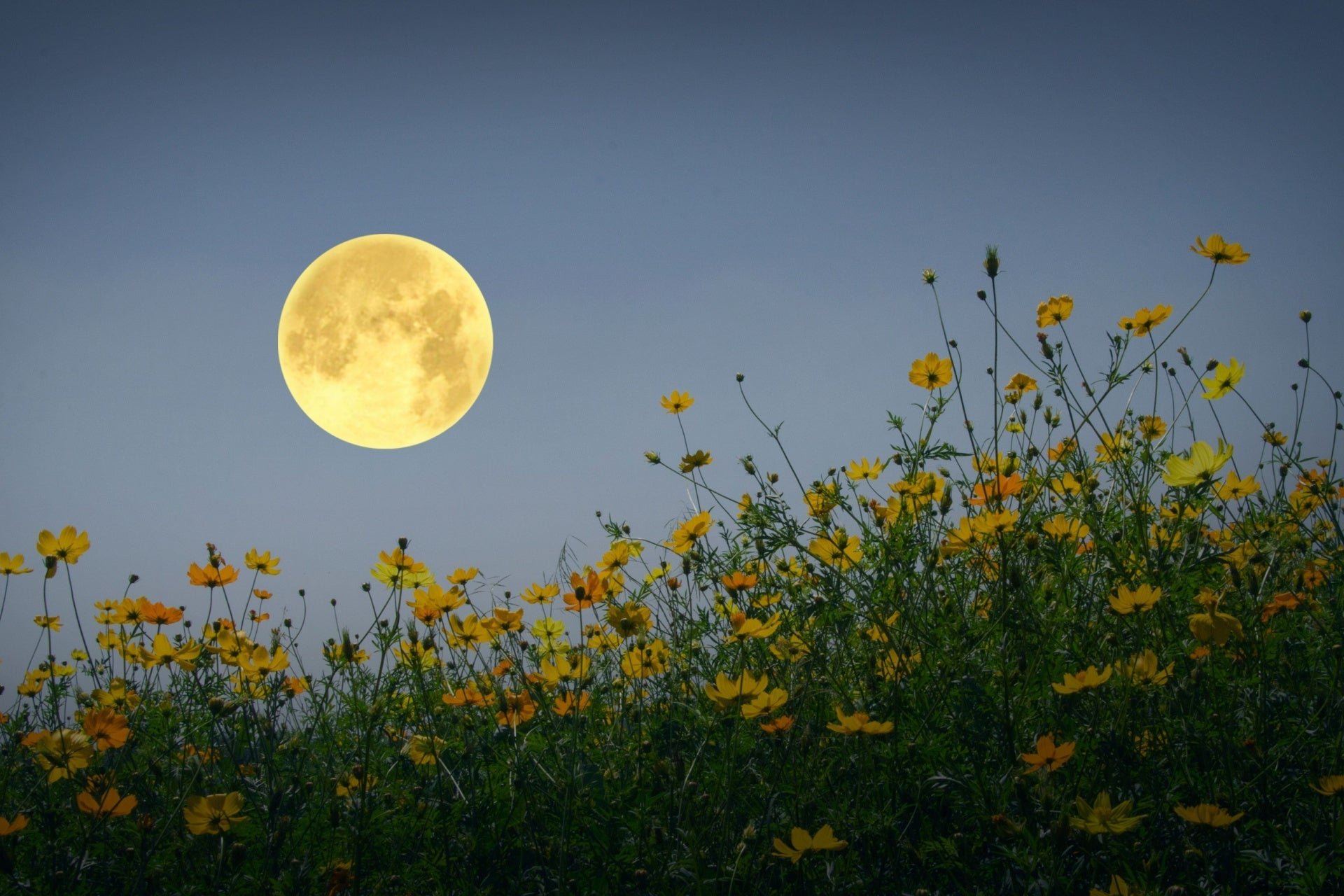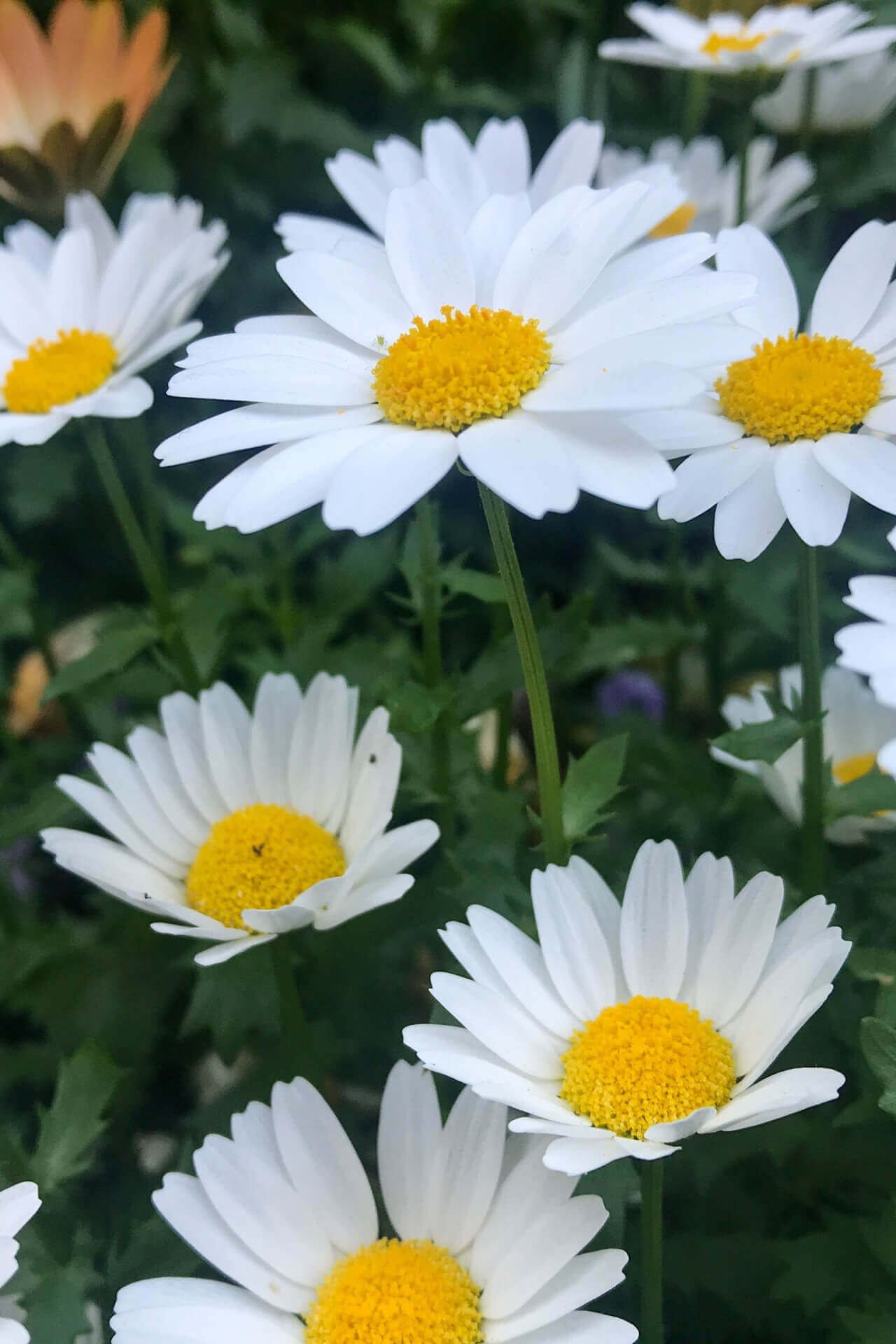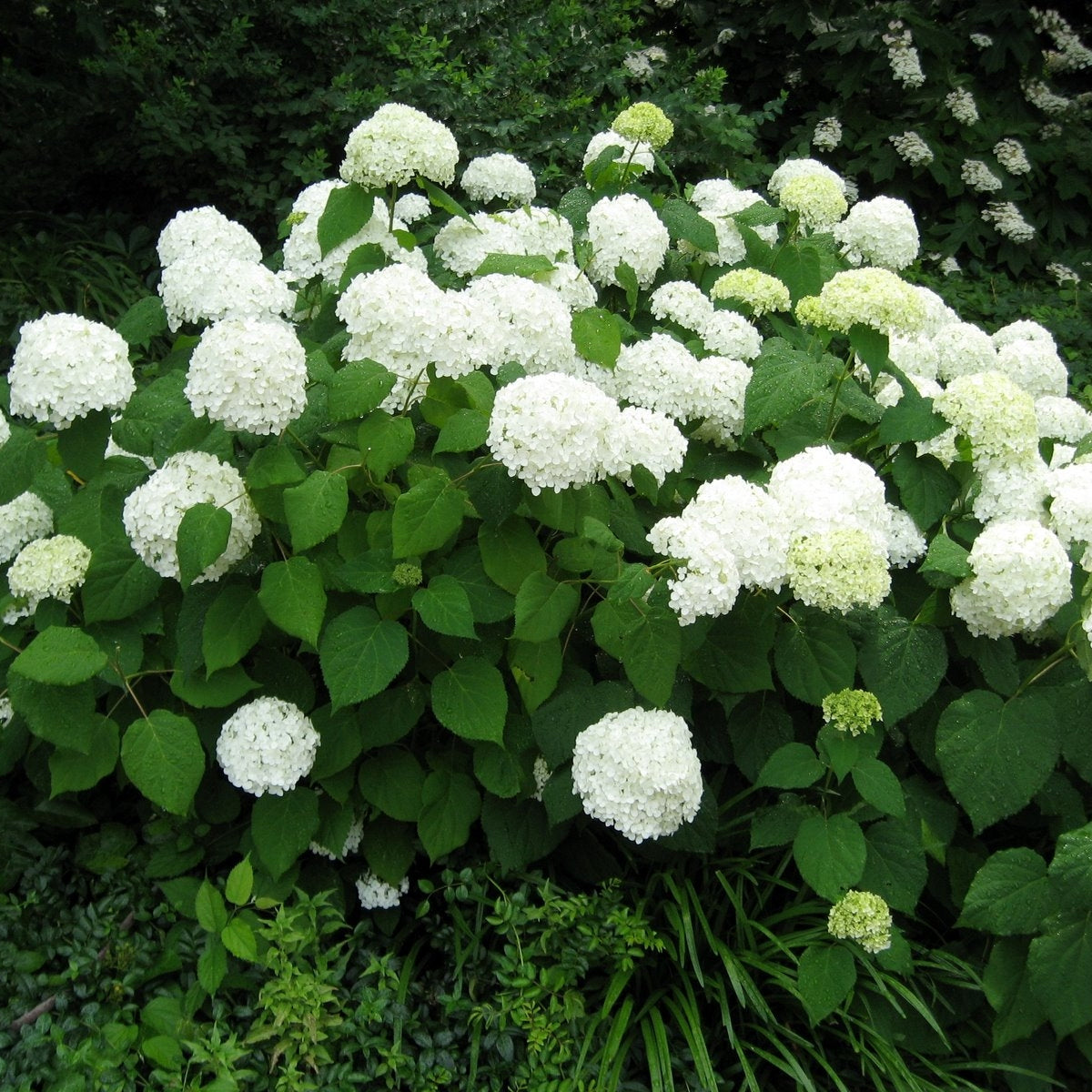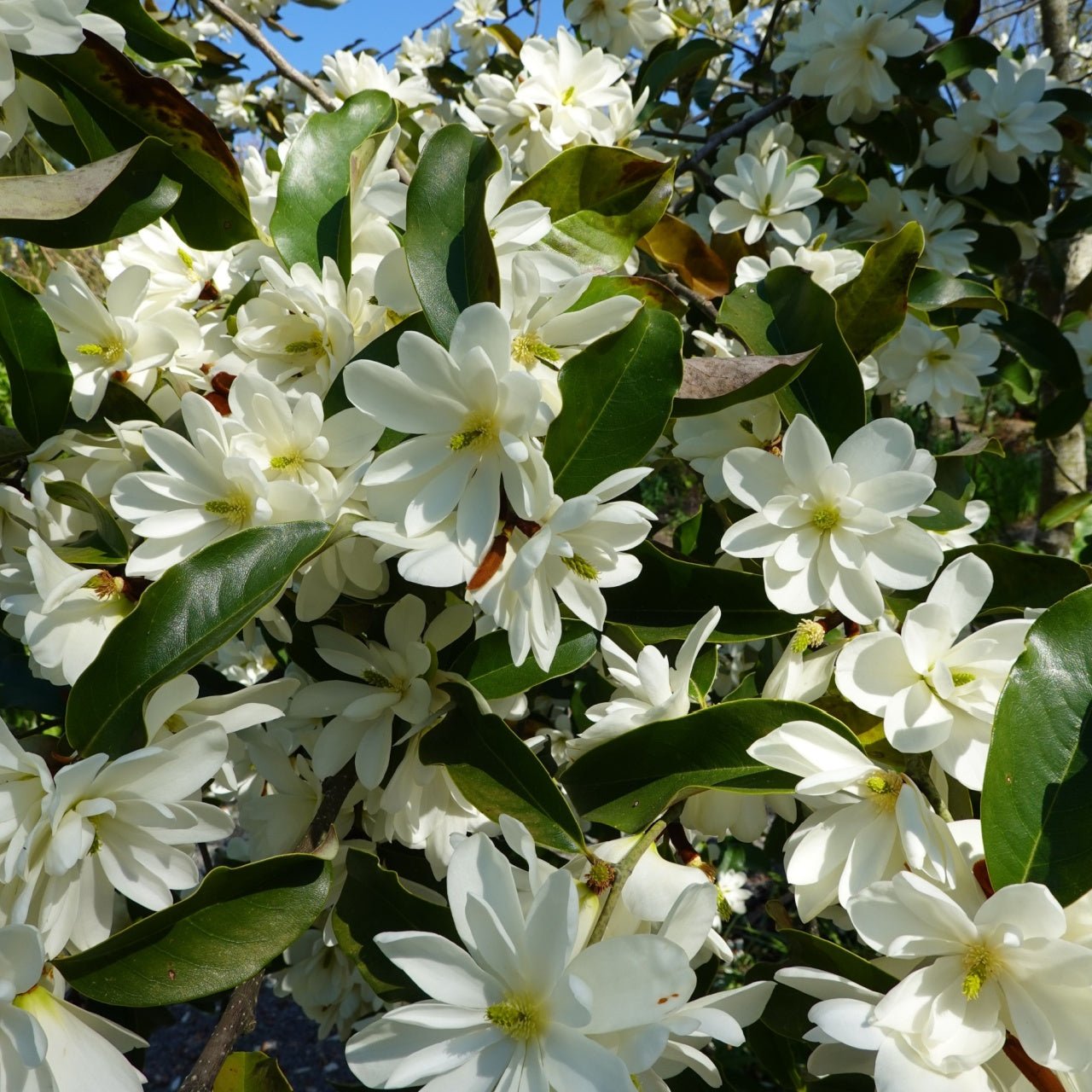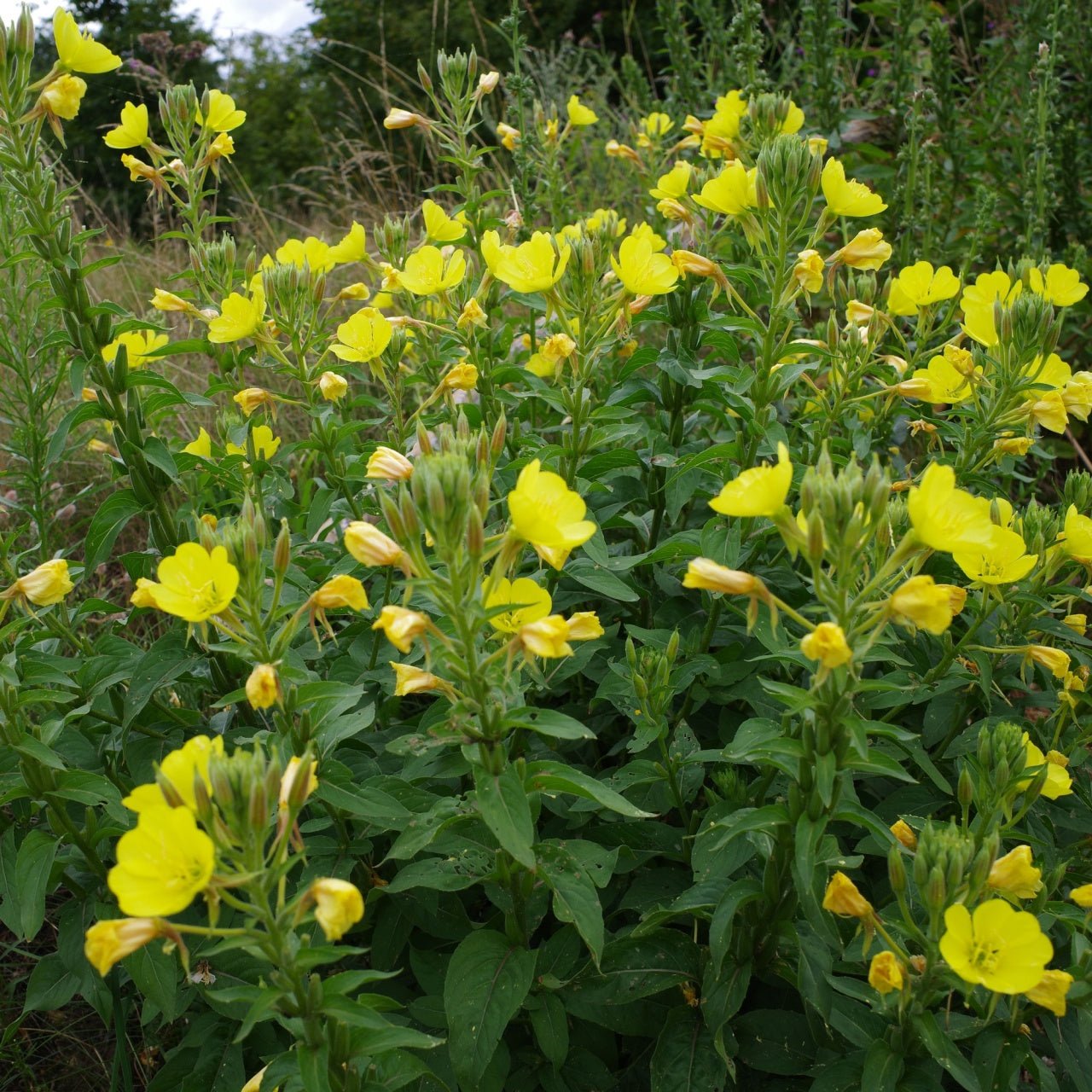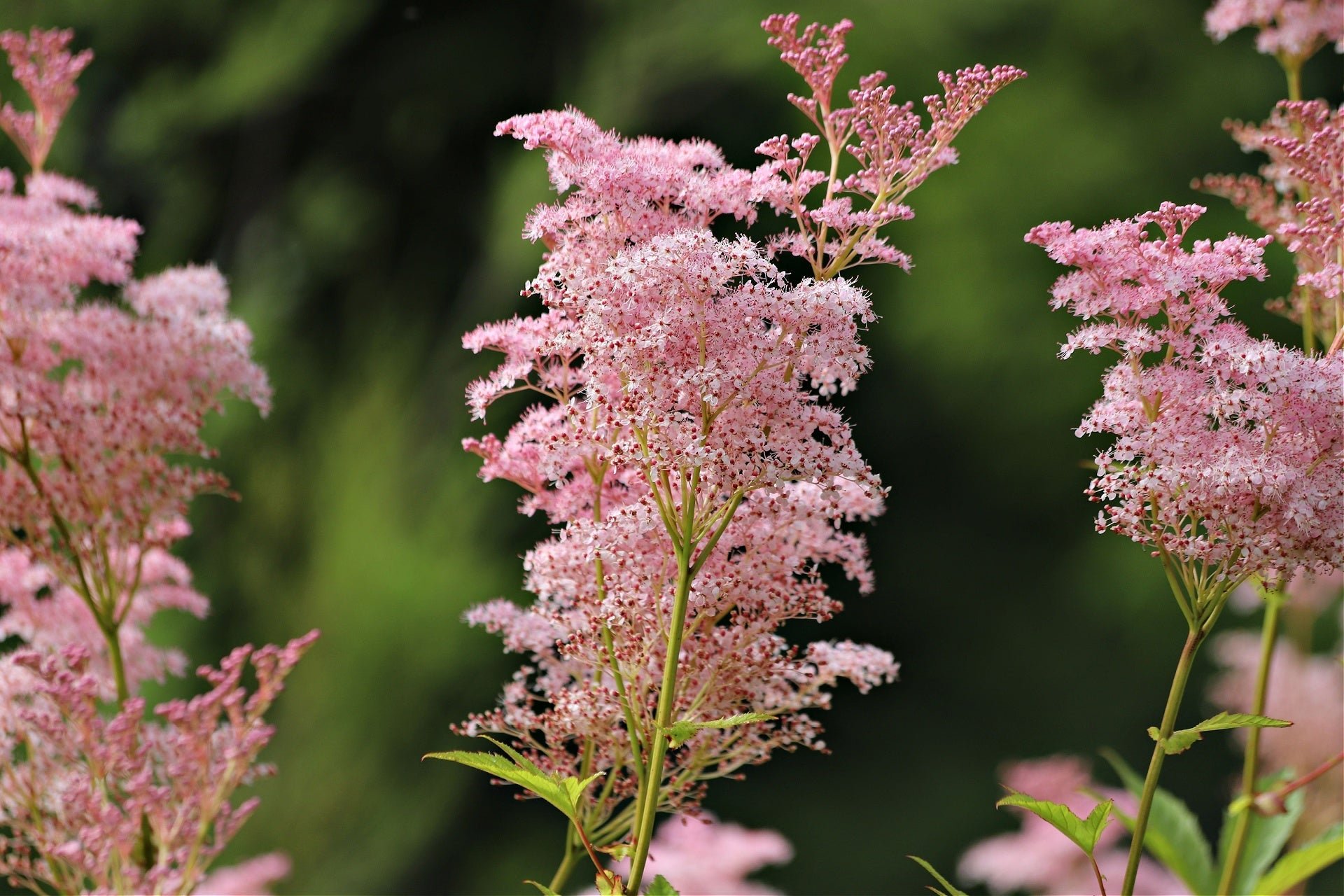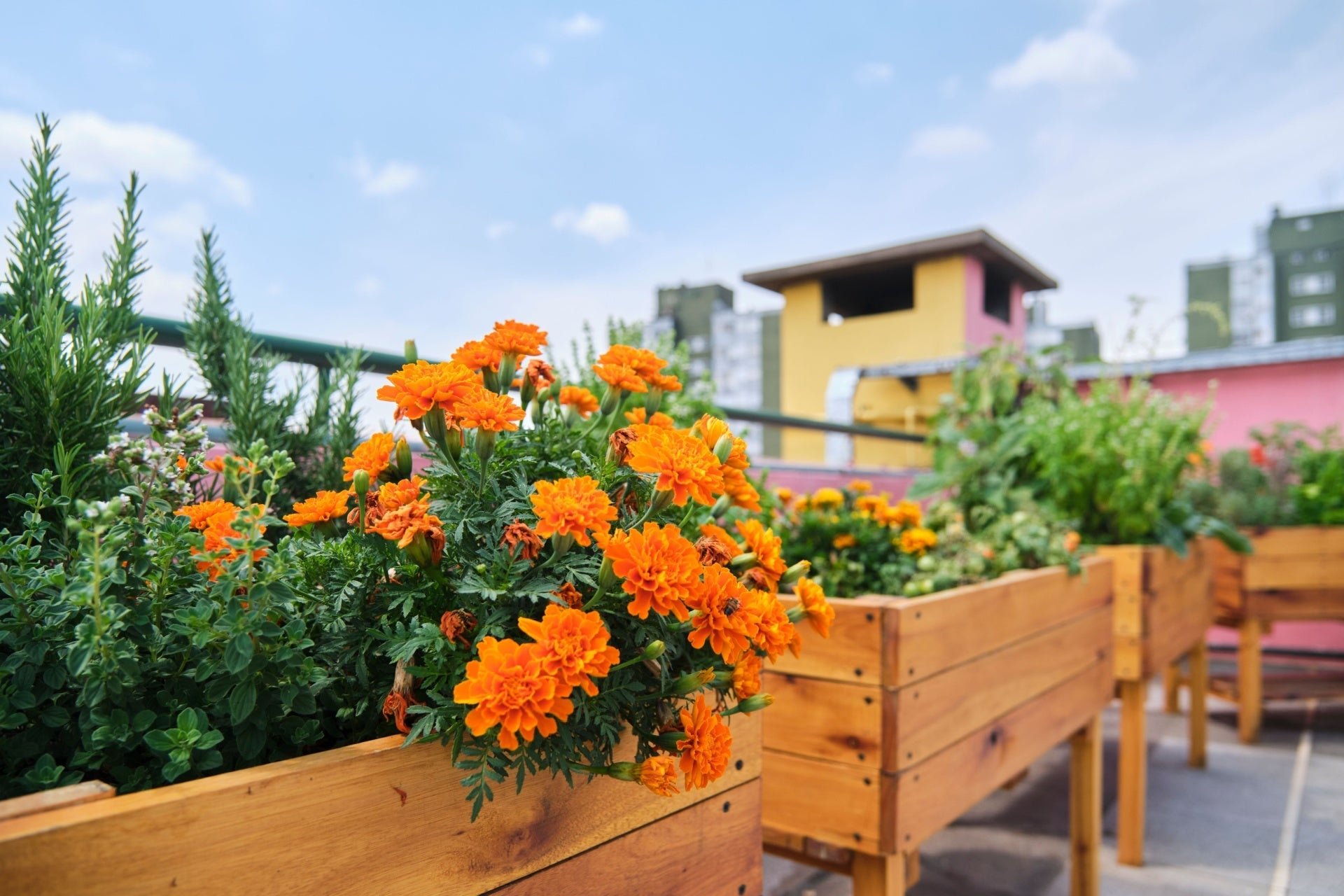Create a Summer Moon Garden
Summer is prime time for gardening, but what do you do when it’s just too hot to step outside and smell the flowers? Thankfully, not all gardens are built for the midday sun. Some are designed to shine when the rest of the world starts to slow down.
When the day comes to a dusky end, a new mystical layer of life emerges. Soft light from the moon bounces off pale petals and silvery leaves, creating a quiet, almost dreamlike scene.
A space purposefully cultivated to enhance this natural nighttime effect is known as a moon garden. With summer’s warm nights and clear skies, full moons hang like lanterns in the sky. Better yet, July typically boasts one of the brightest full moons of the year, the Buck Moon, making this a perfect time to start a moon garden in your yard.
Basics of a Moon Garden
Moonlight is already beautiful as it drapes over a garden, and moon gardens are a way to take this beauty a step further. Carefully chosen plants are placed to reflect the soft glow of the moon, which can create an atmosphere that truly comes alive after dark. While these gardens still look lovely during the day, it’s at night that they really shine.
Unlike traditional gardens that burst with color in the daylight, moon gardens rely on light-colored flowers, reflective plants, and fragrant varieties that stand out under moonlight. Pale or light-colored blooms will capture the light and create a sort of nocturnal luminosity. Fragrant plants shine at night as the senses are heightened. The effect is soft, peaceful, and almost magical, like your own private retreat once the sun goes down.
Set the Atmosphere
No two moon gardens will be the same, and that’s part of the beauty of it: all outdoor spaces have the potential to be transformed into a nighttime oasis. Before we move on to the best plants to fill your moon garden with, there are a few important factors to consider that will really help set the scene for your nighttime enchantment.
Choosing the right spot
Moon gardens don’t need any specific amount of space. Whether grown entirely in containers on a deck or inside an elaborate cottage garden, the tranquility of the summer night will have the same effect. When possible, however, choose a location that is open to reflect moonlight. Most often, this would mean the space receives full sun during the day.
It is also preferable to start the moon garden in a place where you, or guests, will frequently spend time. This can be near a deck, patio, balcony, or any other nighttime gathering space. This way, you may conveniently enjoy the garden when you’re at your most relaxed.
Optional light accessories
To help keep up the moonlit effect even when the moon is not visible in the sky, consider adding solar lanterns, downturned pathway lights, or fairy lights to help illuminate the garden without adding any harshness or excess artificial light pollution. You want to maintain the air of subtlety the moon naturally brings.
Consider cozy seating
One of the best parts of a moon garden is getting to sit down and enjoy, listening to the sounds of the summer night. Consider adding a comfy bench, chair, or even hammock to experience the fullness of the moon garden.
Choose Plants that Shine
Now is the part that is most fun, which is choosing the right plants that will reflect moonlight and create a magical moon garden experience. With these plants, you are also sure to invite nighttime pollinators, supporting your local wildlife and making your yard a true natural oasis for people and critters alike.
Pale Flowers
These will be the stars of the show, particularly under the light of a full moon. Light-colored petals capture and reflect moonlight and almost glow in the dark. White Roses, White Shasta Daisies, or any pale flower will do beautifully. The effect is exacerbated when you include plants with very large blooms. Snow Hill Hydrangea is a shrub that pushes out dramatically large white flower clusters sure to stand out even in the darkest nights. If you have the space, Sweet Bay Magnolia is the perfect addition for both glowing blooms and sweet nighttime fragrance.
Night Bloomers
Some plants specifically bloom in the evening or night, so they go hand-in-glove with moon gardens. One of the best examples of this type of flower is Evening Primrose, delicately blossoming each evening under the moonlight. These also give off an enticing fragrance noticed only at night.
Pale Foliage
These will be your accent plants that work alongside the showy flowers. Think of foliage plants that are either pale green, silvery, or shimmery to reflect any moonlight directly. Some wonderful choices include Artemesia, Lamb’s Ear, or Dusty Miller.
Any number of plant combinations will make for a gorgeous moon garden, so choose your favorites to really make it your own. There is no ‘right’ way to make a moon garden if you have cultivated a cozy space to unwind and enjoy. In the heat and hustle of July, having that kind of quiet escape can feel like a gift.


